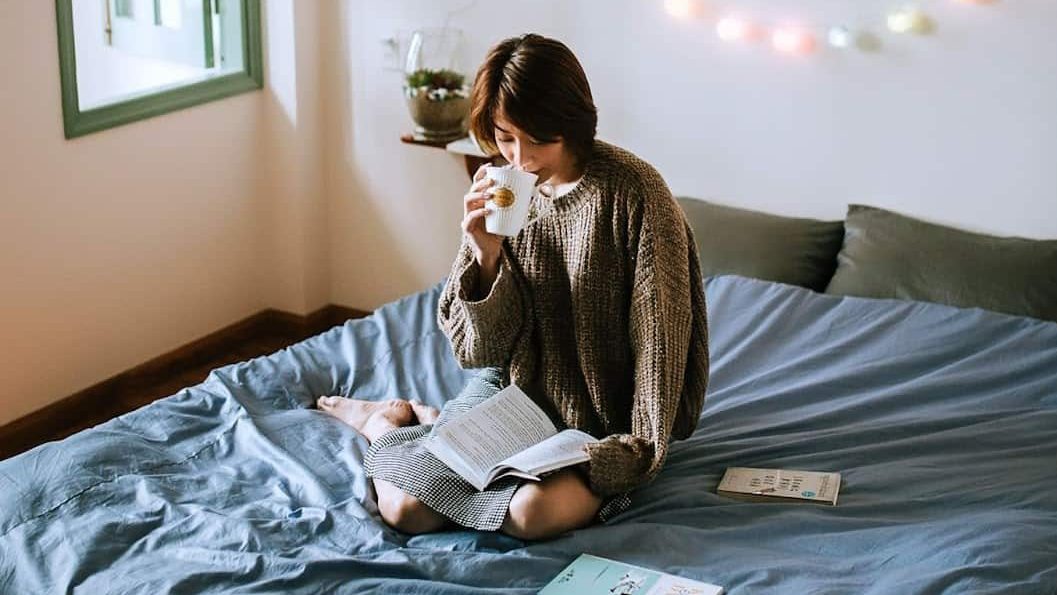A care facility needn’t feel institutional. With purpose, intention, and design, it can become a peaceful, restorative sanctuary. Turning a care setting into a true retreat is about combining comfort, elegance, accessibility, and emotional warmth. Below is a roadmap for transforming any care environment into a place where residents and staff alike feel uplifted, nurtured, and deeply valued.
- 1. Start with a Vision of Sanctuary
- 2. Foster Connection with Nature
- 3. Mindful Zoning for Activity, Rest & Reflection
- 4. Elegance in Comfort: Décor, Textures & Colours
- 5. Personalised Touches & Resident Identity
- 6. Experience Design in Everyday Routines
- 7. Holistic Wellness & Enrichment Programmes
- 8. Attentive Staff Culture & Environment
- 9. Seamless Accessibility & Safety
1. Start with a Vision of Sanctuary
The journey begins by defining what retreat means in your context:
- Is it a place of calm and gentleness?
- A hub of creative activity and connection?
- A healing garden in enamel, art, and light?
Gather input from residents, families, and staff to co-create that shared vision. Knowing where you want to go gives you a compass for every decision you make.
2. Foster Connection with Nature
Retreats often draw strength from the outdoors. Incorporate:
- Courtyards, terraces, or accessible gardens
- Indoor plants and green walls
- Large windows or sliding doors to invite daylight and breeze
- Paths for gentle walkways, comfortable seating, and sensory gardens
These elements invite calm, reduce stress, and stimulate the senses.
3. Mindful Zoning for Activity, Rest & Reflection
Rather than having one uniform space, establish zones that support different needs:
- Quiet zones for reading, listening, or reflection
- Social hubs for conversation, games, and shared meals
- Creative corners for art, music, or crafts
- Movement spaces for gentle exercise or stretching
Thoughtfully distinguish these areas using layout, lighting, and textures so residents can naturally gravitate to what they need in the moment.
4. Elegance in Comfort: Décor, Textures & Colours
A retreat’s beauty lies in subtle luxury. Use:
- Soft, high-quality fabrics (plush cushions, throws, breathable upholstery)
- Natural materials (wood, stone, woven fibres)
- A soothing, cohesive colour palette with pops of warmth
- Ambient, layered lighting with dimmers, accent lights, and warm tones
Avoid harsh, clinical finishes. Choose textures and tones that feel comforting, elegant, and home-like.
5. Personalised Touches & Resident Identity
Retreats feel alive when they reflect those who live there:
- Encourage residents to personalise their rooms with photos, cherished items, and favourite colours
- Display rotating resident artwork or creative projects
- Create memory nooks or reminiscence corners with familiar objects or gentle prompts
These small touches convey respect for identity and history.
If you’d like to see one such retreat in practice, consider how the luxury care home in Bristol integrates elegant design, resident-centred programming, and warm ambience to offer not just care, but sanctuary.
6. Experience Design in Everyday Routines
Retreats imbue even mundane moments with care. Consider:
- Soft background music (live music, gentle ambient tones)
- The scent of fresh flowers or subtle aromatherapy (if residents approve)
- Thoughtful table settings with linen, simple centrepieces, and elegant dishware
- Rituals—like afternoon tea, evening wind-down lighting, or sunset viewing
By designing experiences, not just schedules, the facility gains soul.
7. Holistic Wellness & Enrichment Programmes
A retreat nourishes more than the body. Integrate:
- Movement classes (gentle yoga, tai chi, walking groups)
- Art, writing, music, or dance workshops
- Mindfulness, meditation, or breathing sessions
- Intergenerational or community partnerships (visits, shared events)
These programmes enrich daily life and cultivate purpose.
8. Attentive Staff Culture & Environment
A retreat’s heart is its people. Empower staff with:
- Training in empathetic care, emotional presence, and experiential engagement
- Spaces for respite, like quiet rooms, staff lounges, and gardens
- Opportunities for creativity, reflection, and self-care
When caregiving teams feel supported, the atmosphere becomes generous and responsive.
9. Seamless Accessibility & Safety
Luxury and safety must coexist. Ensure:
- Barrier-free access, smooth transitions between flooring surfaces
- Discreet grab rails and handrails that harmonise with the design
- Intuitive wayfinding with gentle signage and cues
- Soft night lighting and safe circulation paths
Thoughtfully embedding safety into design ensures dignity without an overt clinical feel.
Turning a care facility into a retreat is not about creating a perfect resort, but crafting a living, loving environment built on respect, beauty, and intentional comfort.
Dilawar Mughal is an accomplished author with a passion for storytelling. His works span various genres, from thrilling mysteries to heartfelt romance novels. With a keen eye for detail and a knack for character development, Dilawar weaves engaging narratives that captivate readers and transport them to new worlds.
